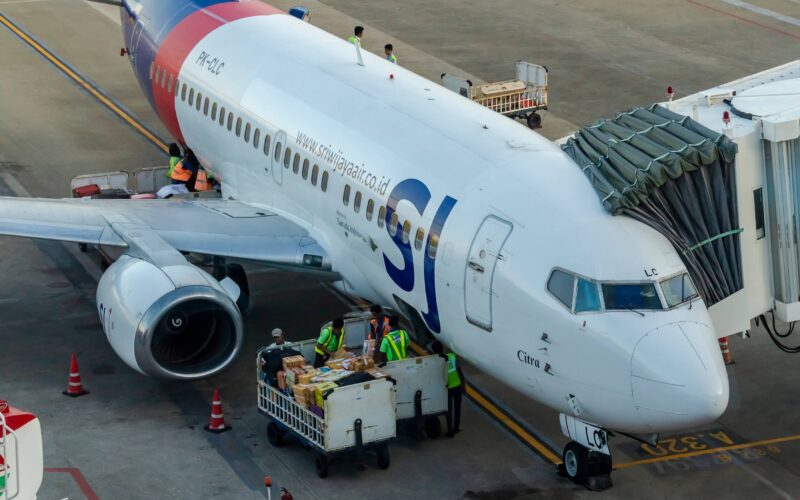Indonesian authorities continue to investigate the crash of the Sriwijaya Air Boeing 737 flight 182. Initial findings show that a malfunctioning automatic throttle could have had an impact on the loss of control of the aircraft, Nurcahyo Utomo, the lead investigator at the National Transportation Safety Committee of Indonesia (NTSC) told local media on January 20, 2021
“[It is] one of the factors that we are looking at, but I can’t say at this point that it’s a factor for the crash or there was a problem with it,“ told Utomo.
A person familiar with the investigation process reportedly disclosed that during flight 182 the autothrottle was producing more thrust in one of the two jet engines. If pilots do not handle the unequal thrust from the engines properly by setting the power manually, a plane can turn to the side or even make an abrupt descent.
According to the “black box” data, which is still being examined by the investigators, the flight crew did not declare an emergency and did not report any technical problems regarding the aircraft before it disappeared from radars. In addition, both engines of the crashed jet were operating when the plane hit the sea.
On January 19, 2020, the NTSC downloaded the content from one of the recovered Flight Data Recorders (FDR). Investigators disclosed that a 27-hour-long flight recording, which was filled with 370 flight parameters, consisting of 18 flights in total including the catastrophic event, was recovered.
The flight data, which includes information on the aircraft speed, flying direction, and altitude, should help investigators find out what exactly happened during the flight and why the jet plunged about 10,000 feet in less than a minute before diving into the sea on January 9, 2021.
The National Search and Rescue Agency of Indonesia still struggles to retrieve the Cockpit Voice Recorder (CVR) among the wreckage littering the seabed. The investigation is assisted by representatives of the National Transportation Safety Board (NTSB), the Federal Aviation Administration (FAA), the Singapore Transport Safety Investigation Bureau (TSIB), Boeing, and General Electric.
Before the fatal crash, Sriwijaya Air Boeing 737-500 was stored for nine months and was certified as airworthy in December 2020.

